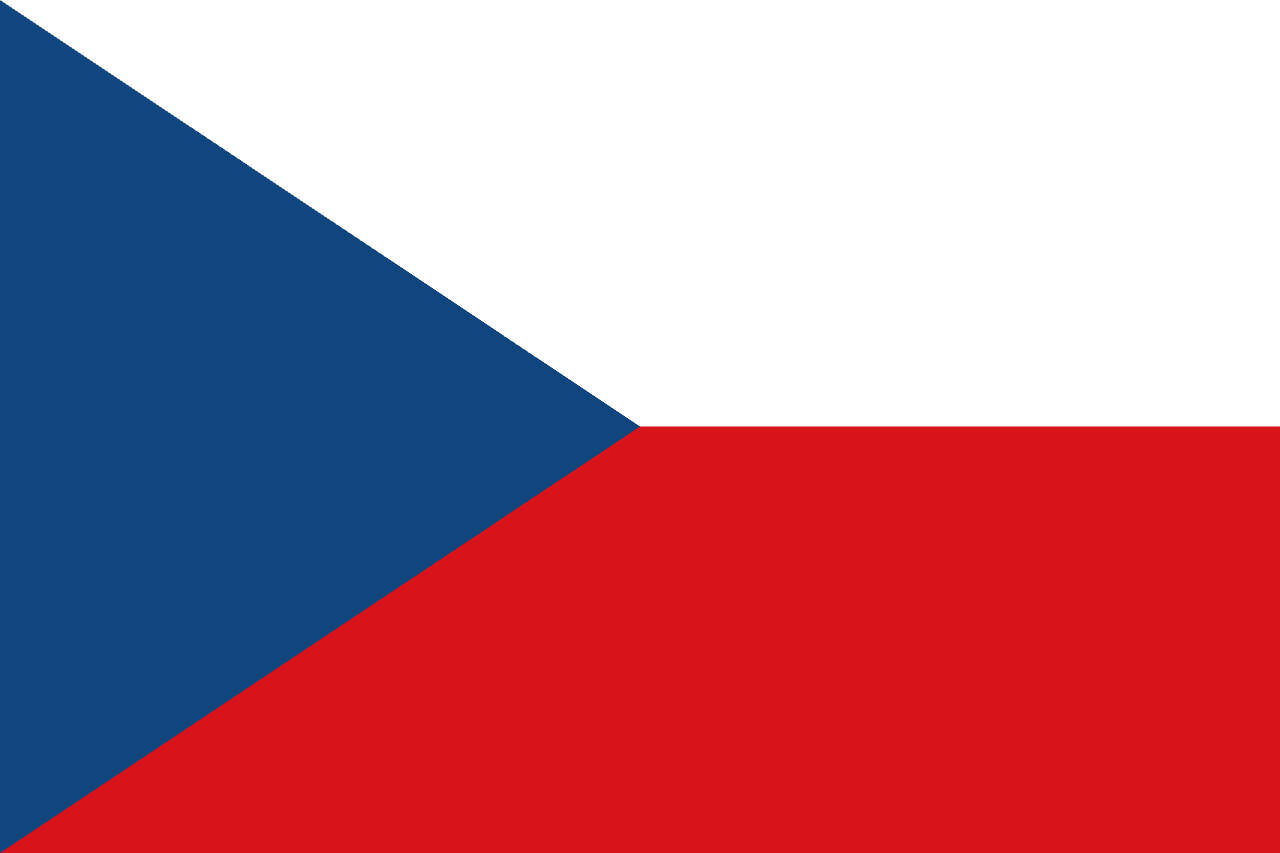Slovakia Flag Meaning
A horizontal tricolor of white, blue, and red with the Slovak coat of arms placed toward the hoist. The coat of arms features a double silver cross rising from three blue hills, symbolizing Christianity and Slovakia’s mountainous landscape.
- Continent
- Europe
- Adopted
- 1992
- Ratio
- 2:3
- Colors
- white, blue, red
- Designer
- Based on traditional Pan-Slavic colors, with historical Slovak coat of arms

Symbolism
White, Blue, and Red Stripes: Pan-Slavic colors representing unity with Slavic nations and national independence.
Double Cross: Represents Christian heritage, especially Byzantine influence, symbolizing faith and continuity.
Three Blue Hills: Depict the Tatra, Fatra, and Matra mountain ranges, central to Slovak geography and national identity.
History
- 9th Century: Part of Great Moravia, an early Slavic state influenced by Christian missionaries Cyril and Methodius.
- 1000–1918: Under Hungarian rule for nearly a millennium as part of the Kingdom of Hungary.
- 1918: Slovaks joined Czechs in forming Czechoslovakia after World War I.
- 1939–1945: Became a Nazi-aligned puppet state during World War II.
- 1945–1989: Rejoined Czechoslovakia, which became communist after 1948.
- January 1, 1993: Slovakia became an independent republic after the peaceful dissolution of Czechoslovakia (the 'Velvet Divorce').
Trivia
- Slovakia has the world’s highest number of castles and chateaux per capita.
- Bratislava is the only capital city in the world that borders two countries: Austria and Hungary.
- The Slovak language is closely related to Czech, and the two are mutually intelligible.
- Slovakia’s High Tatras mountains are home to rare species like brown bears, lynx, and chamois.
- The Slovak flag and coat of arms closely resemble those of Russia and Slovenia, but the shield helps distinguish it.
Related Countries

Hungary
Europe
Three horizontal stripes of red, white, and green representing strength, faithfulness, and hope, with colors rooted in medieval Hungarian heraldry and the struggle for independence from foreign rule.

Czech Republic
Europe
Two horizontal stripes of white over red with a blue triangle extending from the hoist, combining Bohemian colors with Moravian blue, representing the historical lands and democratic ideals of the Czech nation.

Poland
Europe
A simple bicolor of white over red, reflecting Poland’s heraldry and national identity. The design is among the simplest yet most recognizable European flags.

Austria
Europe
Three horizontal stripes of red, white, and red, representing one of the world's oldest national flag designs, allegedly inspired by Duke Leopold V's blood-stained white surcoat after the Battle of Acre in 1191, and symbolizing the courage, honesty, and strength of the Austrian people.

Slovenia
Europe
A horizontal tricolor of white, blue, and red with the Slovenian coat of arms placed toward the hoist in the upper stripe. The coat of arms features Mount Triglav, Slovenia’s highest peak, three six-pointed golden stars, and wavy blue lines representing rivers and the Adriatic Sea.

Romania
Europe
A vertical tricolor of blue, yellow, and red, representing the unity of Romania’s historical regions. The design dates to the 19th century and was restored after the fall of communism in 1989.